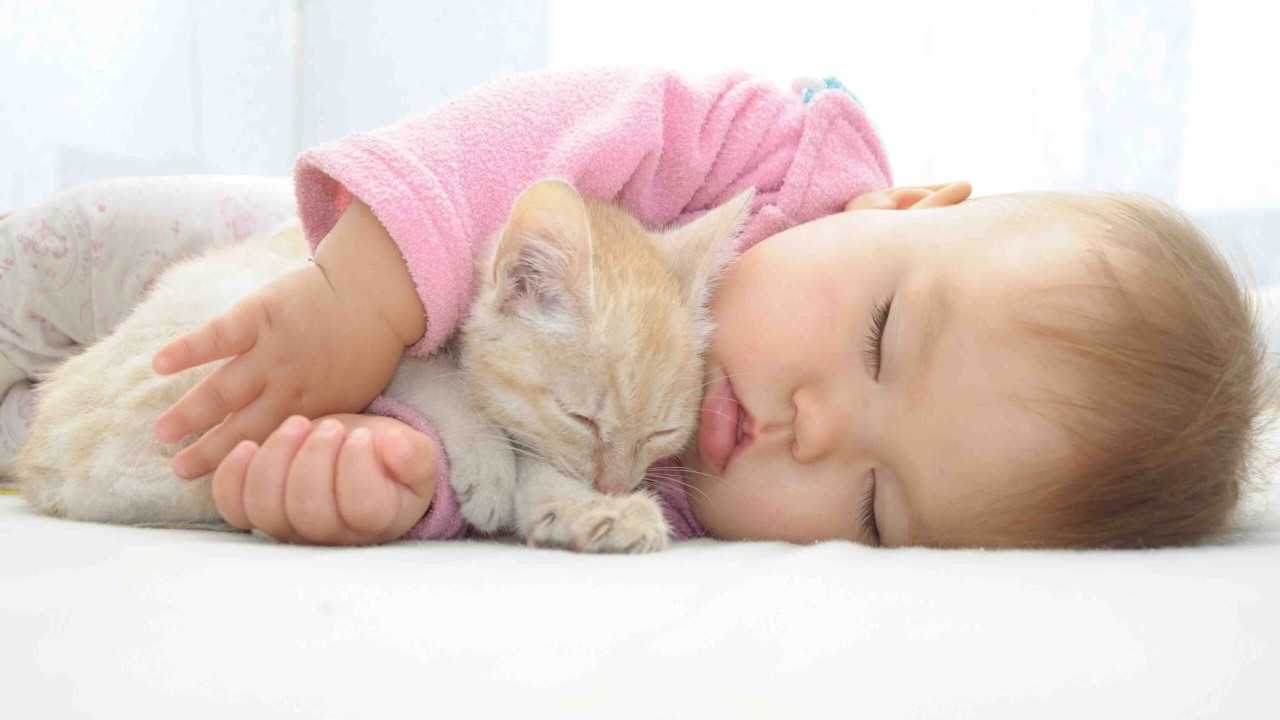Crying when you see that you have settled in the place you want when the university exam results are announced, crying when meeting a friend you have not seen for a long time, crying when the groom sees the bride, crying when someone surprises you… You know that we can cry when we are very happy. Have you ever thought about why?
Because we often associate tears with sadness, it may seem strange to cry when you’re happy. In fact, when we cry for something that we think is positive rather than something sad, we burst into tears. “tears of joy” we say.
Moreover, crying has some positive effects on our health and actually to manage our emotions It helps. Let’s look at how it relates to our crying when we’re happy.
Tears are divided into three different types.
- Basic tear: Tears are in your eyes all day. It acts as a lubricant and disinfectant for your eyes.
- Psychic or emotional tears: They are the tears we shed in response to an emotional event, including happiness. These tears contain stress hormones.
- Irritating tears: It washes our eyes when something bothers or gets into our eyes. A common example is the tears shed while cutting onions.
We shed tears as an emotional response, including happiness.
A psychiatry researcher at Penn State College of Medicine, Dr. According to Jordan Lewis, when emotions overwhelm us, our brain is always the difference between happy and sad reactions cannot distinguish. The hypothalamus, an almond-sized part of our brain, responds to strong neural signals from the amygdala, which is responsible for recording our emotional responses.
This reaction is basically leading to tear production It involves the activation of the body’s parasympathetic nervous system (responsible for activities such as sexual arousal, salivation, tears, urination) that helps us calm down by releasing the neurotransmitter acetylcholine.
Crying relieves overly felt emotions.
If we explain in simpler language; to cry, “regulation of “excessive” emotions It helps. Research shows that; even if there are positive feelings such as joy, joy, happiness, gratitude; Experiencing certain emotions too intensely can feel “uncontrollable” and “overly”.
To release these emotions and initiate the calming process, our body also releases the cry response. Experts say your tears that cannot be expressed in other behaviors or believes it reflects feelings that are incomplete.
Crying with happiness is connected with wanting to squeeze a sweet baby.

We can define the term used as “dimorph” in the literature as “biform”. dimorph, expressions from the same place.is manifested in different ways. For example, when we see a baby or puppy, we are urged to have aggressive feelings such as squeezing or biting. Even mostly “You are so cute!” we say.
Of course, we wouldn’t want to eat or hurt that animal or baby. However, at that moment, the emotions are so intense that we may not know how to cope and make such impulses and words. Expressions from the same place, like crying with happiness, in different forms arises.
RELATED NEWS
